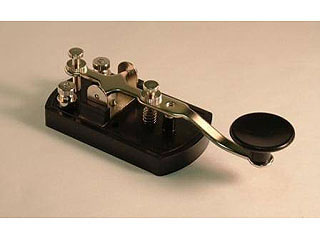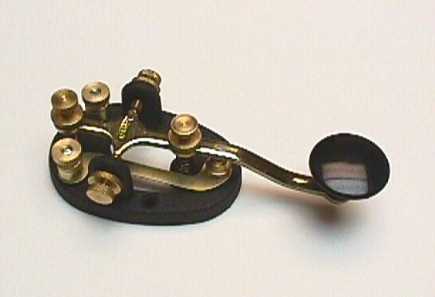A Beginners Guide to CW
A Beginners Guide to CW
Let’s begin by explaining that CW stands for Continuous Wave which is a legacy term from the time when sparks, provided the RF energy, were replaced by the continuous wave output of an oscillator. In either case information was, and is, carried in the form of pulses following a coding scheme. The code invented by Samuel B. Morse was used originally for landline communications.
Morse code was later adopted for commercial long distance and maritime wireless purposes. S.B Morse became so famous that there is a painting of him in ceiling of the rotunda of the US Capitol. It remains a popular mode by Amateur radio operators to this day but quite often it raises eyebrows when mentioned in public. Why so we are asked.
There are important advantages, it is simple to implement, requires only 100-200 Hz of spectrum and does well with low power and modest antennas. Speeds from 5 words-per-minute WPM to 45 WPM are in common use. The word PARIS is used to define the rate of transmission.
It requires some effort to become proficient and to my mind the popularity stems from a sense of achievement. Some CW operators claim that reading code improves mental agility and short term memory, which are required to read CW. I just wonder if that is true in my case and current studies of brain function tend to support the belief that it might have helped.
There is a branch of psychology called neuroscience that uses a research technique called transcranialDirectCurrent Stimulation. Amazing as it seems, a couple of milliamps are passed into various areas of the brain and the subject is then given tests not unlike reading Morse code. If you think your short term mental faculties are deteriorating don’t mess with DC in the brain, learn and practice CW !
Key away

